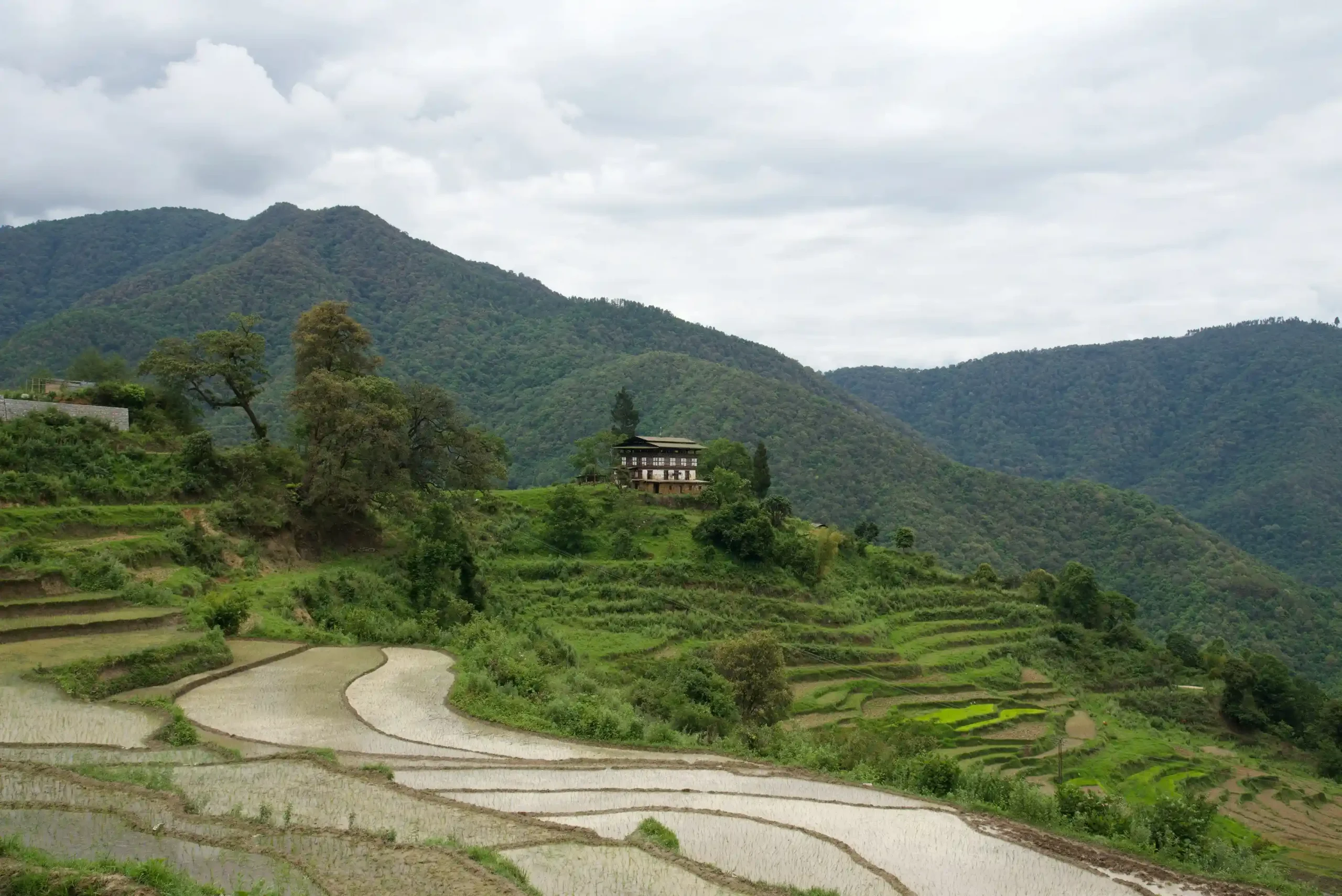Trekking In Bhutan
Trekking in Bhutan is a unique and enriching experience, offering a blend of stunning natural landscapes, cultural immersion, and a glimpse into the traditional way of life. Bhutan, known as the “Land of the Thunder Dragon,” is a country nestled in the Eastern Himalayas, famous for its untouched beauty, serene environment, and well-preserved culture. Here’s a comprehensive guide to trekking in Bhutan:
Popular Trekking in Bhutan
- Druk Path Trek
- Duration: 5-6 days
- Difficulty: Moderate
- Highlights: Connects Paro and Thimphu, scenic mountain views, ancient monasteries, and beautiful lakes like Jimilang Tsho and Simkotra Tsho.
- Jomolhari Trek
- Duration: 7-12 days
- Difficulty: Challenging
- Highlights: Stunning views of Mount Jomolhari, diverse flora and fauna, traditional villages, and high mountain passes such as Nyile La and Yali La.
- Snowman Trek
- Duration: 25-30 days
- Difficulty: Very challenging
- Highlights: One of the most difficult treks in the world, traversing high-altitude passes and remote valleys, breathtaking landscapes, and diverse ecosystems.
- Bumthang Owl Trek
- Duration: 2-3 days
- Difficulty: Moderate
- Highlights: Scenic views of the Bumthang Valley, dense forests, rich wildlife, and ancient temples like Tharpaling Monastery.
- Dagala Thousand Lakes Trek
- Duration: 5-6 days
- Difficulty: Moderate
- Highlights: Numerous high-altitude lakes, panoramic views of the Himalayas, and chances to see blue sheep and other wildlife.
Best Time to Trekking in Bhutan
- Spring (March to May): The weather is mild, and the rhododendrons are in full bloom, creating a colorful landscape.
- Autumn (September to November): Clear skies and stable weather make it the best time for trekking, offering stunning mountain views.
Trekking Permits and Regulations
- Tourist Visa: All tourists must obtain a visa before entering Bhutan. This is usually arranged by the tour operator.
- Trekking Permits: Specific trekking routes may require special permits, which your tour operator will arrange.
- Guided Tours: Independent trekking is not allowed in Bhutan. Treks must be organized through a licensed Bhutanese tour operator, and you must be accompanied by a guide.
Cultural Highlights
- Dzongs: Massive fortress-monasteries that serve as administrative and religious centers.
- Festivals (Tshechus): Colorful religious festivals with mask dances and traditional music, held in various monasteries.
- Traditional Villages: Experience the local way of life, traditional Bhutanese architecture, and hospitality.
Preparation and Tips
- Physical Fitness: Prepare physically for high-altitude trekking with regular exercise and conditioning.
- Packing List: Essential items include sturdy trekking boots, warm clothing, rain gear, sleeping bag, and a first aid kit.
- Acclimatization: Spend a few days in Paro or Thimphu to acclimatize to the altitude before starting your trek.
- Respect Local Culture: Dress modestly, follow your guide’s instructions, and show respect for local customs and traditions.
Environmental Considerations
- Leave No Trace: Follow the principles of leave no trace to preserve the pristine environment of Bhutan.
- Waste Management: Dispose of waste properly and carry out what you carry in.
Trekking in Bhutan offers a once-in-a-lifetime opportunity to explore one of the most beautiful and culturally rich regions in the world. With careful planning and respect for the local environment and culture, your trekking experience in Bhutan will be both memorable and rewarding.


